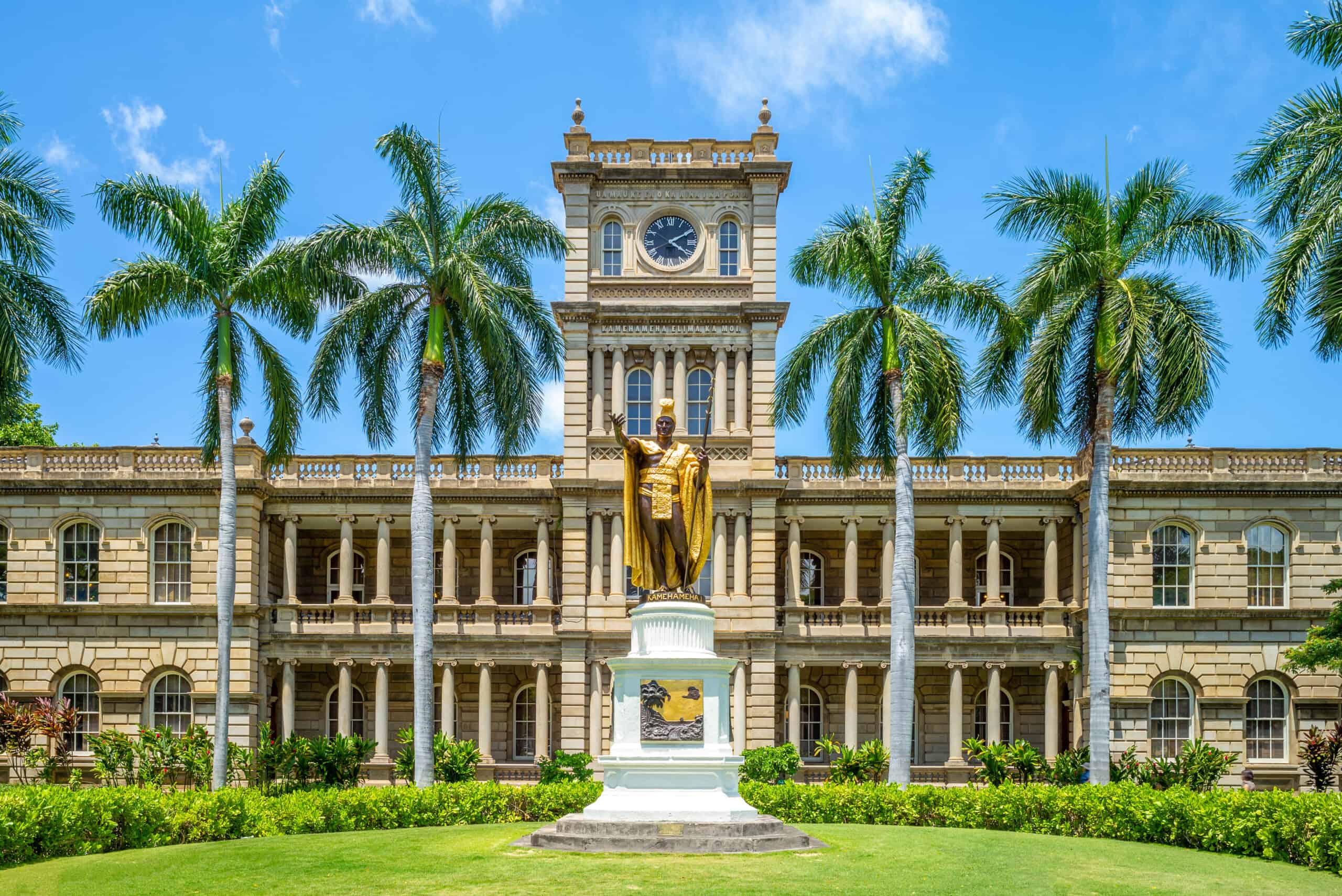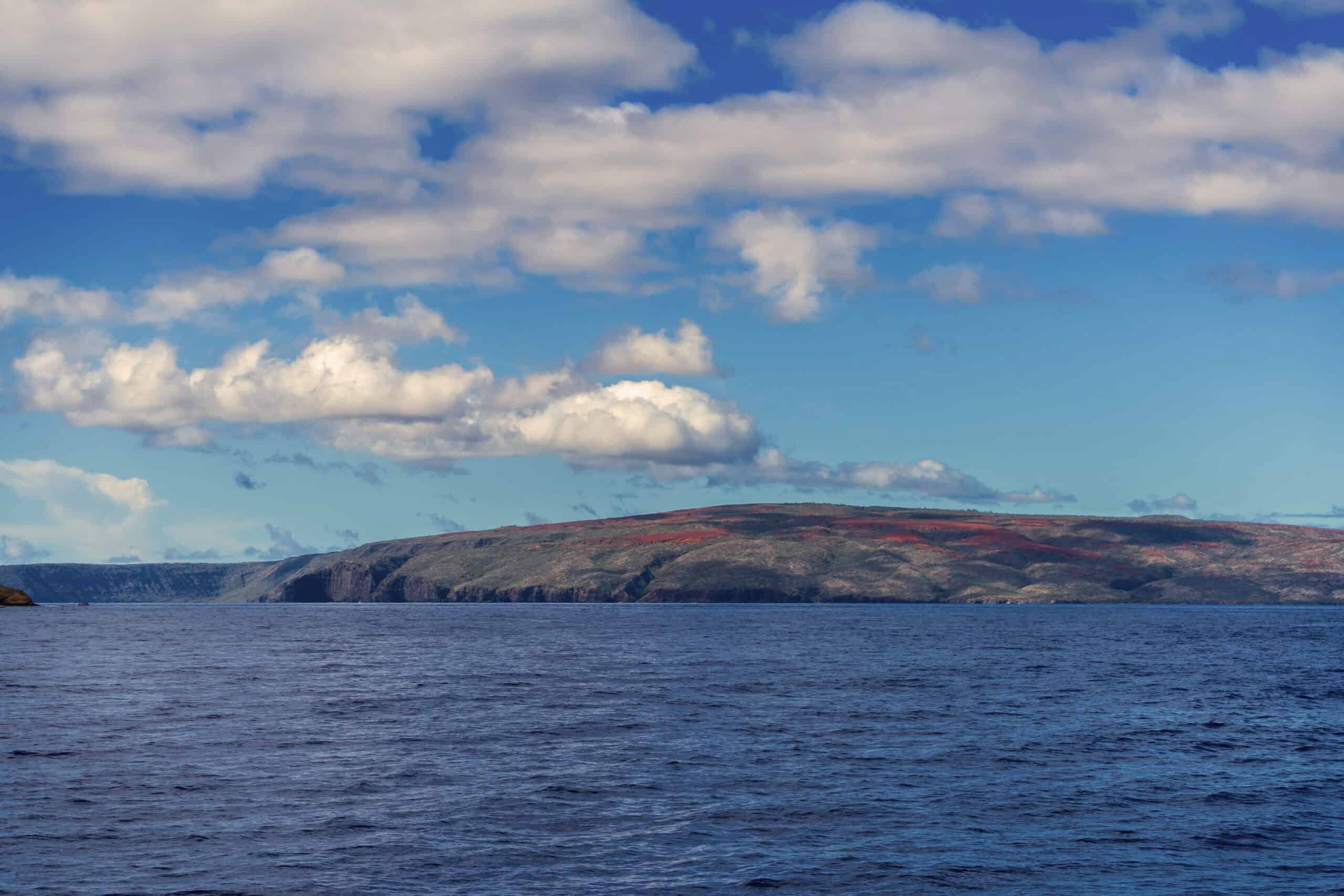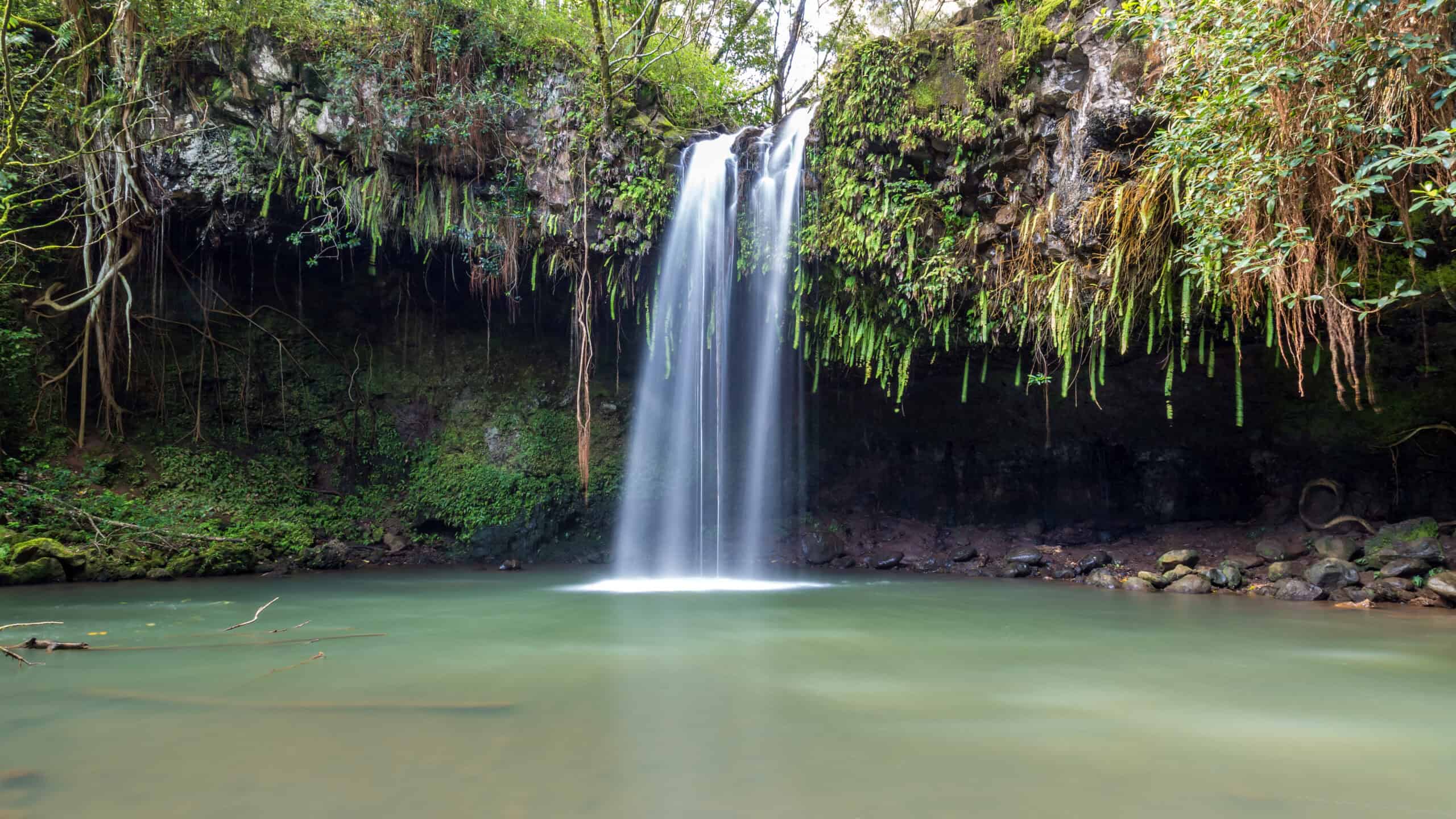Hawaiian cuisine is a delightful blend of traditions, reflecting the cultural crossroads of the Hawaiian Islands. From the deep respect Native Hawaiians have for the land and sea, to the cultural influences brought by waves of immigrants, Hawaiian food has so many flavors to enjoy. The culinary practices of Native Hawaiians were born from necessity and ingenuity, a testament to their profound connection with the natural world. Welcoming other cultures, including the Chinese, Japanese, and Portuguese, has only added to the rich diversity of Hawaiian cuisine.
From fresh seafood dishes to heartier staples, there’s something for everyone who visits, even if you’re only spending one day in Maui. Let us share with you the history of traditional Hawaiian cuisine, some signature dishes to seek out during your Maui adventure, and where to get the best seafood on the island. (Hint: It’s right in our backyard.)
A History of Traditional Hawaiian Cuisine
Hawaiian cuisine is a story on a plate. It weaves tradition from Native Hawaiians, and continued enrichment by the cultural influences of immigrants who arrived throughout history.
When Polynesians arrived in Hawaiʻi thousands of years ago, they brought with them a deep respect for the land and all that it offered. Their diet centered around fresh, local ingredients like kalo (taro plant) and fish from the surrounding waters. Kalo roots were pounded into a thick, starchy paste called poi, a staple food that sustained generations. Their strong ability to fish brought a wide variety of seafood into their diet. It was important to maximize the use of local ingredients and minimize waste.
Native Hawaiians developed a unique cooking method—some say a culinary innovation—called the imu. This underground oven utilized volcanic heat to slow-cook food wrapped in ti leaves (cultivated from the ti plant). The imu brought a distinctive smoky flavor to dishes like kalua pig, a tender and flavorful pulled pork dish that remains a centerpiece of Hawaiian cuisine today.
Because Hawaiian cuisine was so deeply connected to the natural world, special occasions called ʻahaʻaina (feast) were held to bring communities closer to each other and to nature. An ʻahaʻaina would feature an abundance of food, including roasted pigs cooked in the imu, various fish dishes, and fresh island greens.
The 18th and 19th centuries saw an influx of immigrants from China, Japan, Portugal, and other parts of the world, each group bringing their own culinary traditions. This forever changed the Hawaiian food landscape. The Chinese introduced lau lau—seasoned meat or fish steamed in taro leaves—the Portuguese brought their love for pork, sausage, and sweet breads, and the Japanese adapted local Hawaiian ingredients to merge culinary traditions.
Today, Hawaiian cuisine continues to evolve, embracing new influences while staying true to its roots. While traditional dishes still remain central to its landscape, modern chefs are incorporating these flavors into their own creations, furthering the history of culinary innovation associated with Hawaiian cuisine.
Highlighting Signature Regional Hawaiian Dishes
Kalua Pig
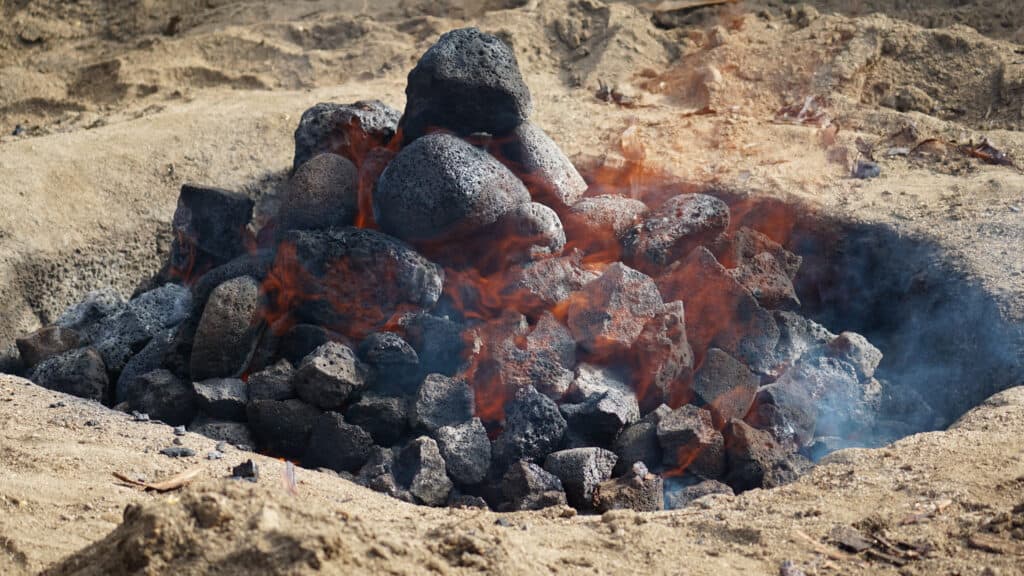
Kalua pig isn’t just a dish, but a cornerstone of Hawaiian cuisine. Its roots date back to when Native Hawaiians utilized the imu (underground oven) to slow-cook an entire pig. And it’s still done that way—the whole pig cooked in an imu. This imparted a unique smoky flavor and required communal effort, making preparation a labor of love.
Today, kalua pig remains a main dish at lūʻaus. Found in sandwiches, tacos, or simply enjoyed on its own, kalua pig’s versatility offers a taste of Hawaiian tradition in every bite.
Poke
Poke is a Hawaiian raw fish dish. Its story starts in ancient Hawaiʻi, where locals enjoyed bite-sized pieces of fish seasoned with local ingredients like seaweed and kukui nuts. The arrival of immigrants in the 19th century added new flavors like soy sauce and sesame oil, and introduced ahi tuna as a popular protein.
Today’s poke is all about customization. Cubed raw fish—typically ahi tuna but could also be salmon or octopus—is marinated in soy sauce or sesame oil. Traditionally served with onions and seaweed, these bowls also combine rice, veggies, and other toppings for a satisfying and delicious meal.
Hawaiian Spam
Spam, a canned meat, might surprise you in this section. Its journey began during World War II, arriving as part of U.S. military rations. After the war, its affordability and long shelf life kept it around and Hawaiians discovered its salty flavor complemented their cuisine.
Spam is not a signature Hawaiian dish itself, but rather an ingredient. Spam Musubi features seared Spam on top of sticky rice wrapped in seaweed. It’s also used in the classic Loco Moco as an alternative to hamburger.
The use of Spam in certain dishes shows the resourcefulness and adaptability of Hawaiian cuisine, using readily available ingredients to create delicious and iconic dishes.
Loco Moco
Loco Moco is Hawaiian comfort food, featuring a bed of white rice topped with a hamburger patty, a fried egg, and smothered in brown gravy. It’s a hearty dish that’s definitely not shy about flavor or texture. While the classic version reigns supreme, variations include replacing the hamburger patty with Portuguese sausage and chicken, or even Spam (where its name simply changes to Spam Loco Moco).
Loco Moco is a cultural touchstone enjoyed by locals and tourists alike. From diners to fancy restaurants, Loco Moco’s presence signifies its status as a beloved Hawaiian comfort food and a testament to the islands’ culinary ingenuity.
Hawaiian Pork Chops
Pork itself holds a prominent place in Hawaiian food culture, dating back to the Polynesians. Pork chops are either grilled, pan-fried, or baked and are typically served with rice and vegetables.
Modern Hawaiian pork chops showcase the wonderful fusion that defines Hawaiian cuisine. You’ll find sweet and savory elements influenced by many Asian and Polynesian traditions. Soy sauce, brown sugar, and pineapple are common ingredients, often used in marinades to give pork chops a unique flavor profile.
Hawaiian Shave Ice
Hawaiian shave ice started as bingsu, a similar dessert made with finely flaked ice flavored with natural elements like coconut milk and seaweed by Native Hawaiians. When the Japanese arrived, they brought their shave iced concept called kakigori, fusing the two into what we know and love today.
The magic of shave ice lies in the texture. Unlike snow cones with coarse ice, this decadent dessert is finely shave, creating a light, snow-like consistency that perfectly absorbs syrups. Guava, passion fruit, and strawberry are just a few flavors that bring you paradise in every cup.
Haupia
Haupia is a Hawaiian staple when it comes to dessert. This creamy coconut pudding has roots likely dating back to pre-colonial times, where Hawaiians used local ingredients like coconut milk and starches to create sweet treats.
Haupia’s beauty lies in its simplicity. Made with coconut milk, sugar, and a touch of thickener, it’s often enjoyed chilled and sliced. It’s a great addition to pies or shave ice, or enjoyed on its own.
Hawaiian Fresh Seafood
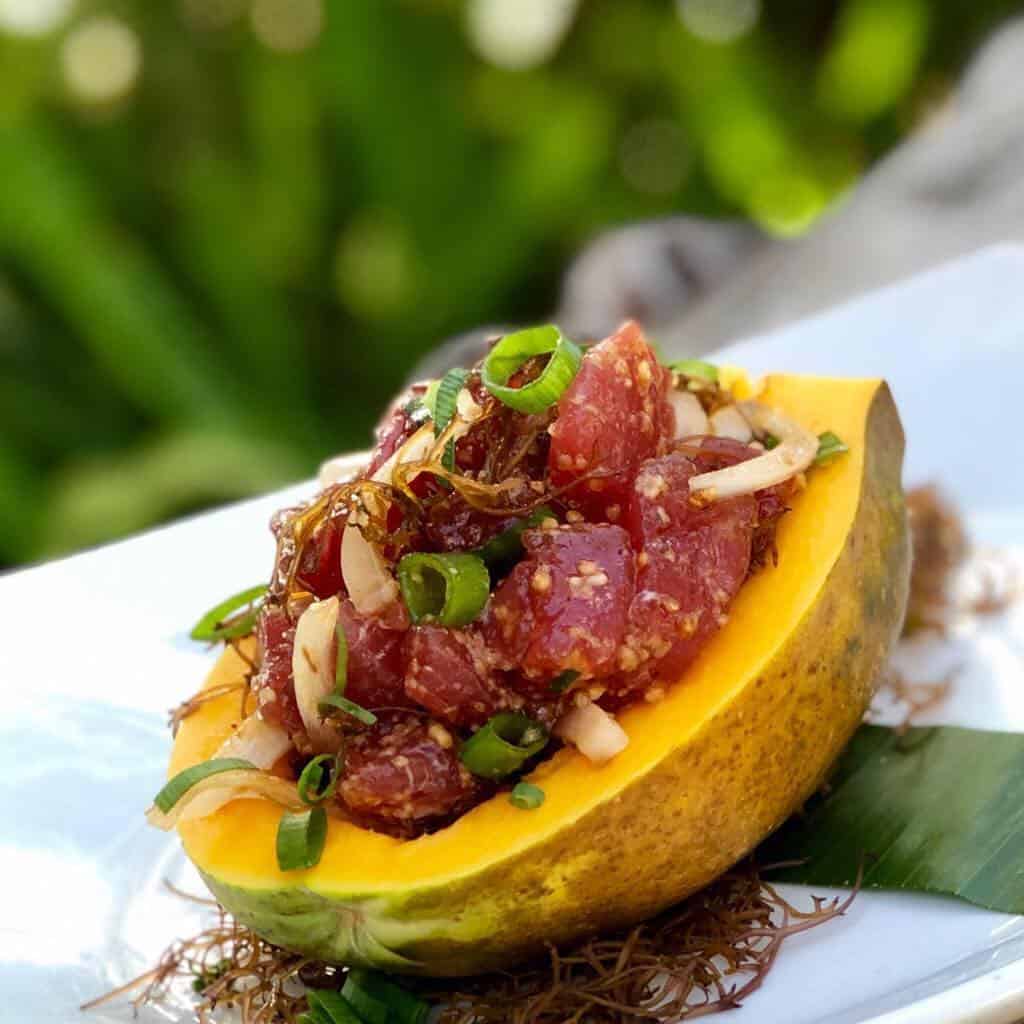
Hawaiians have cultivated a deep relationship with the seafood surrounding their islands. Subsistence fishing was key and Hawaiians developed techniques that provided sustainable harvests. Fishponds were intricate rock enclosures built along the coast that served as natural nurseries for specific fish species. Fishing gear was created from local materials—bone hooks, wooden spears, and woven nets— again demonstrating remarkable resourcefulness.
Fresh seafood remains a pivotal part of Hawaiian life and cuisine. It’s a delicious reminder of our history, a celebration of the ocean’s bounty, and why we need to show our oceans love for generations to come.
At Maui Ocean Center, we are committed to serving our guests the most fresh and sustainable seafood at our Seascape Restaurant. Our Executive Chef Enrique “Henry” Tariga is not only award-winning, but passionate about bringing guests a unique and unforgettable Hawaiian experience, showcasing all of the flavors of Polynesia, Asia, and the unique bounty of Māʻalaea Bay. (Did we mention you can embrace the thrills of whale watching season in Maui right from our restaurant?)
Learn more about Seascape Restaurant for the best seafood dining experience on Maui and don’t forget to book your reservation today.
When traveling to Maui there will never be a shortage of things and places to see. Make sure you’re always abiding by local and cultural laws when exploring the natural beauty of Maui and most importantly, relax! That’s what you came to do after all.

